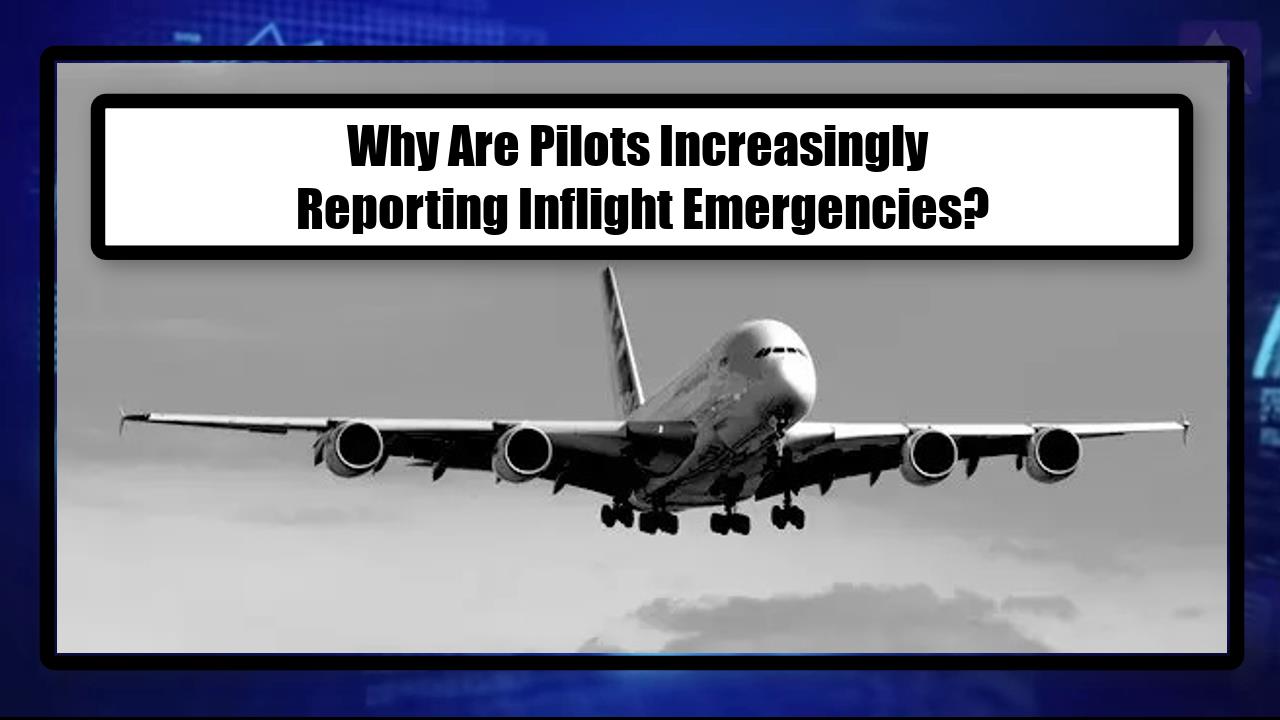Video:
Take our online poll:
AI Analysis:
The most common reasons for pilots reporting in-flight emergencies can vary, but some frequent causes include:
Mechanical Issues (1): Problems with the aircraft's systems or engines, such as engine failure, hydraulic issues, or electrical malfunctions.
Medical Emergencies (2): Passenger or crew member health issues that require immediate attention, like heart attacks, strokes, or sudden illnesses.
Weather Conditions (3): Unexpected severe weather phenomena like thunderstorms, turbulence, or icing that could affect the safety of the flight.
Fuel-related Problems (4): Low fuel or fuel leaks that could jeopardize the flight's continuation.
Pressurization Issues (5): Cabin pressure irregularities that could lead to discomfort or health risks for passengers and crew.
Avionics or Instrument Failures (6): Problems with navigation, communication systems, or other critical instruments necessary for safe flight.
Bird Strikes or Foreign Object Damage (7): Collisions with birds or other objects that can damage the aircraft, particularly during takeoff or landing.
Fire or Smoke (8): Onboard fires or smoke in the cabin or cargo hold that could threaten the safety of the aircraft and its occupants.
Security Threats (9): Suspicious behavior or security threats onboard that require immediate action for the safety of everyone on the flight.
Each situation demands immediate attention and appropriate action from the pilots to ensure the safety of the aircraft and its passengers.
Chart:

References:


Comments